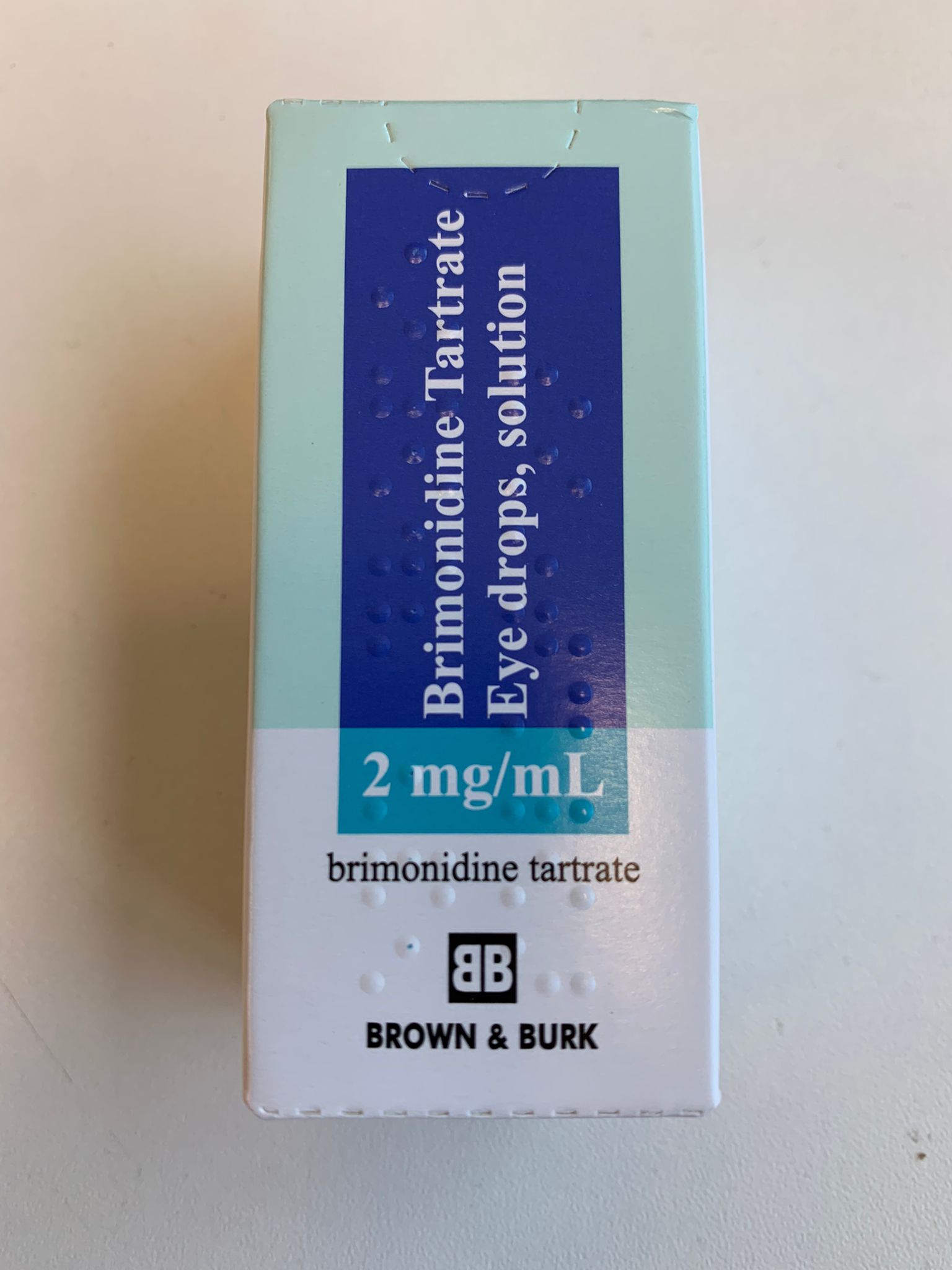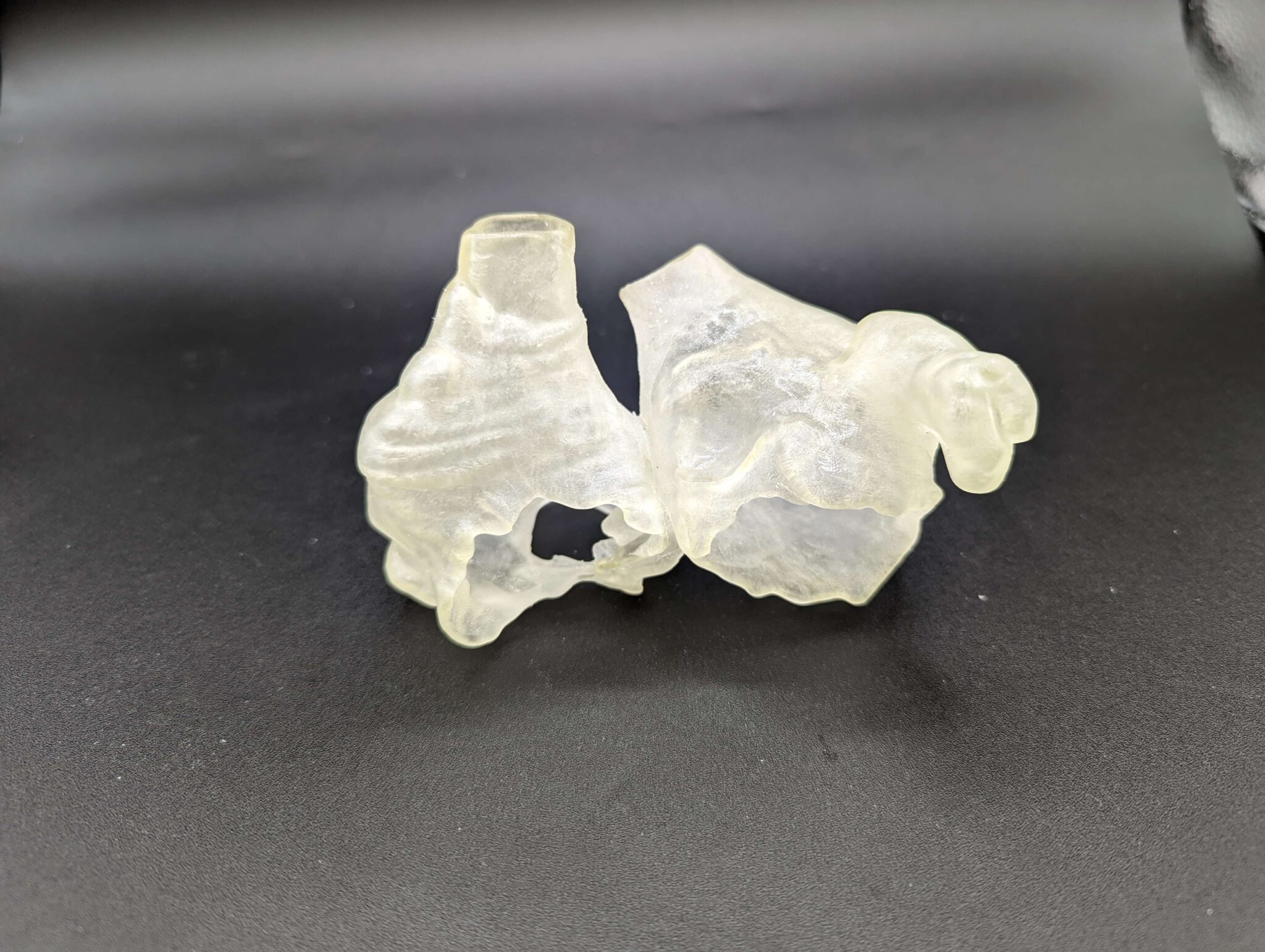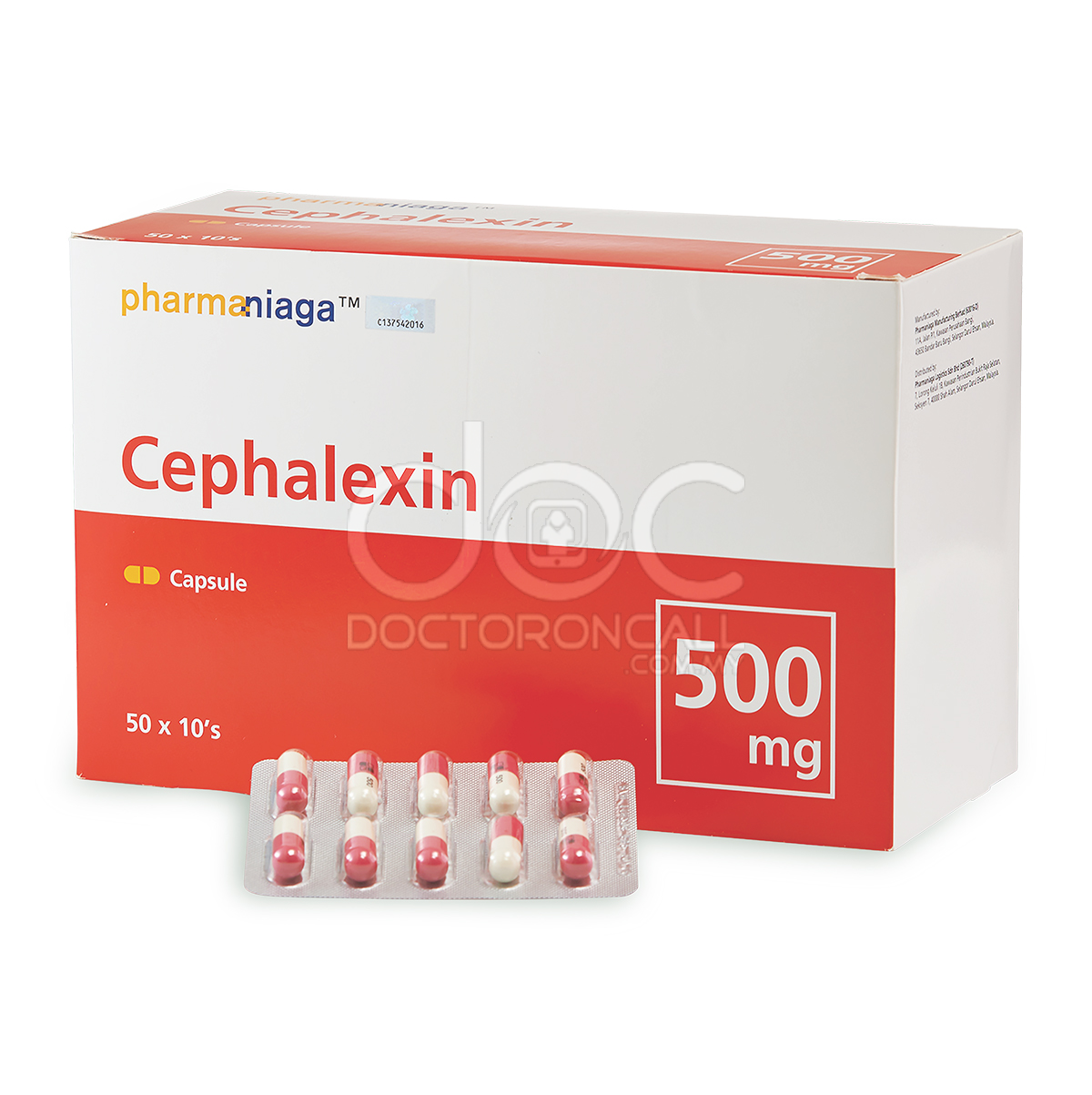Brimonidine, an alpha-2 adrenergic agonist, is a medication commonly used in the treatment of open-angle glaucoma, ocular hypertension, and facial rosacea. Its mechanism of action is multifaceted, involving the reduction of aqueous humor production and the increase of uveoscleral outflow, which collectively lower intraocular pressure (IOP). This reduction in IOP is crucial as it decreases the risk of optic nerve damage, a primary concern in glaucoma management.
Mechanism of Action
The alpha-2 adrenergic receptors are G-protein coupled receptors that play a significant role in the regulation of aqueous humor dynamics within the eye. Brimonidine targets these receptors, primarily in the ciliary body, which is responsible for the production of aqueous humor. By activating these alpha-2 adrenergic receptors, brimonidine decreases the production of aqueous humor. Additionally, it increases the outflow of aqueous humor through the uveoscleral pathway, further contributing to the reduction of IOP.
Indications and Usage
Brimonidine is indicated for the reduction of IOP in patients with open-angle glaucoma or ocular hypertension. It can be used as a monotherapy or in conjunction with other IOP-lowering medications. The medication is available in the form of eye drops (0.2% solution), which are administered topically to the affected eye(s) two to three times a day.
Clinical Efficacy
Clinical trials have demonstrated the efficacy of brimonidine in reducing IOP. Studies have shown that brimonidine tartrate ophthalmic solution is effective in lowering IOP in patients with glaucoma or ocular hypertension, with the reduction in IOP observed as early as 1 hour after administration, reaching its peak effect at 2-3 hours, and lasting for at least 12 hours. The drug’s ability to reduce IOP is dose-dependent, and its efficacy has been compared favorably with other glaucoma medications in certain trials.
Side Effects and Safety
While brimonidine is effective in managing glaucoma and ocular hypertension, it can cause several side effects. Common adverse reactions include oral dryness, ocular pruritus, and conjunctival blanching. Less common but more serious side effects can include allergic reactions, which may manifest as eyelid pruritus or follicular conjunctivitis. In pediatric patients, brimonidine can cause central nervous system depression, characterized by symptoms such as somnolence and decreased mental alertness.
Comparison with Other Treatments
In the management of glaucoma and ocular hypertension, several classes of medications are available, including beta-blockers (e.g., timolol), prostaglandin analogs (e.g., latanoprost), carbonic anhydrase inhibitors (e.g., acetazolamide), and muscarinic agonists (e.g., pilocarpine). Brimonidine offers a unique mechanism of action and can be particularly beneficial for patients who cannot tolerate other classes of glaucoma medications due to systemic side effects or comorbid conditions.
Patient Compliance and Education
Adherence to the prescribed treatment regimen is crucial for the effective management of glaucoma and ocular hypertension. Patients should be educated about the importance of regular use of brimonidine as prescribed, potential side effects, and the need for regular follow-up appointments to monitor the efficacy of the treatment and the health of the optic nerve. Additionally, patients should be instructed on proper instillation techniques to minimize waste and ensure the medication’s effectiveness.
Future Directions
Research into the effects and applications of brimonidine continues, with studies exploring its potential in treating other ocular conditions and its use in combination therapies to enhance efficacy while minimizing side effects. The development of new formulations, such as sustained-release systems, could further improve patient compliance and treatment outcomes.
Conclusion
Brimonidine is a valuable medication in the management of glaucoma and ocular hypertension, offering a unique mechanism of action that contributes to its efficacy in reducing intraocular pressure. Through its use, patients can reduce their risk of vision loss due to optic nerve damage, a primary concern in glaucoma. As with any medication, it is essential to weigh its benefits against potential side effects and to consider individual patient factors when selecting a treatment regimen.
What is the primary mechanism by which brimonidine reduces intraocular pressure?
+Brimonidine primarily reduces intraocular pressure by decreasing the production of aqueous humor and increasing its outflow through the uveoscleral pathway.
What are the common side effects of brimonidine?
+Common side effects of brimonidine include oral dryness, ocular pruritus, and conjunctival blanching. Less common but more serious side effects can include allergic reactions and central nervous system depression in pediatric patients.
How often should brimonidine eye drops be administered?
+Brimonidine eye drops are typically administered two to three times a day to the affected eye(s).
Can brimonidine be used in conjunction with other glaucoma medications?
+Yes, brimonidine can be used as a monotherapy or in combination with other intraocular pressure-lowering medications.
What patient populations may require special consideration when using brimonidine?
+Pediatric patients are at a higher risk for central nervous system depression when using brimonidine, requiring careful monitoring and consideration of alternative treatments.



